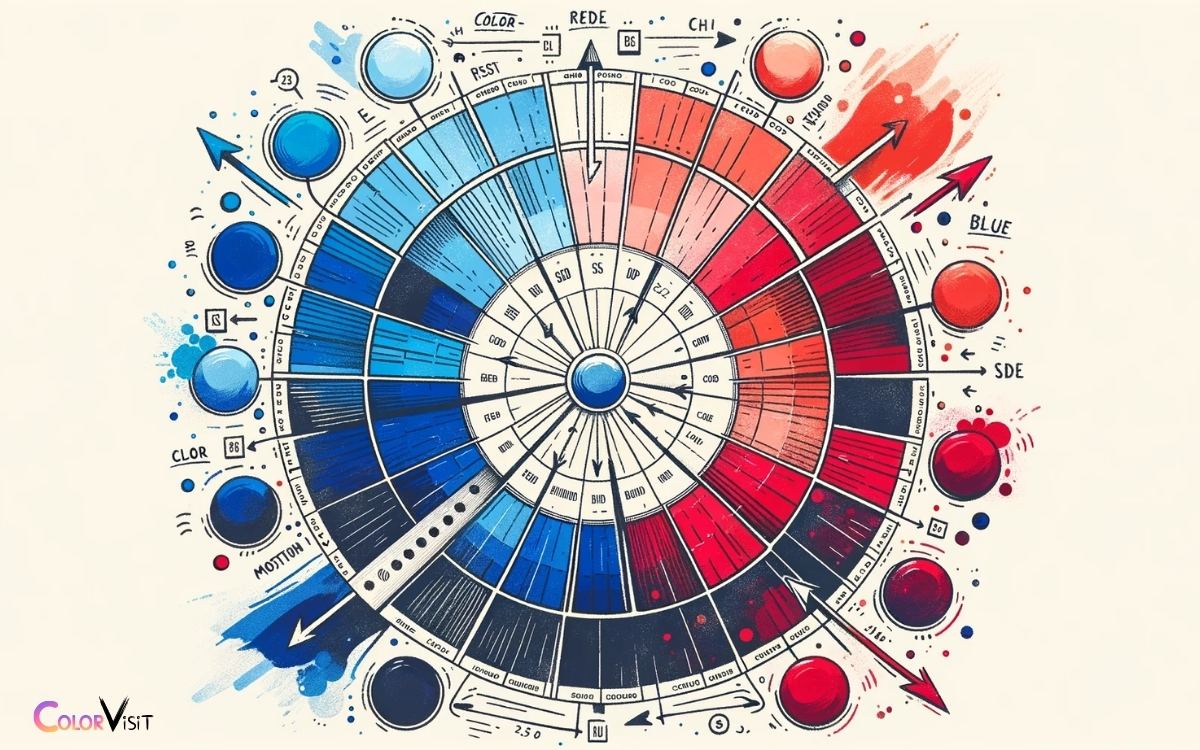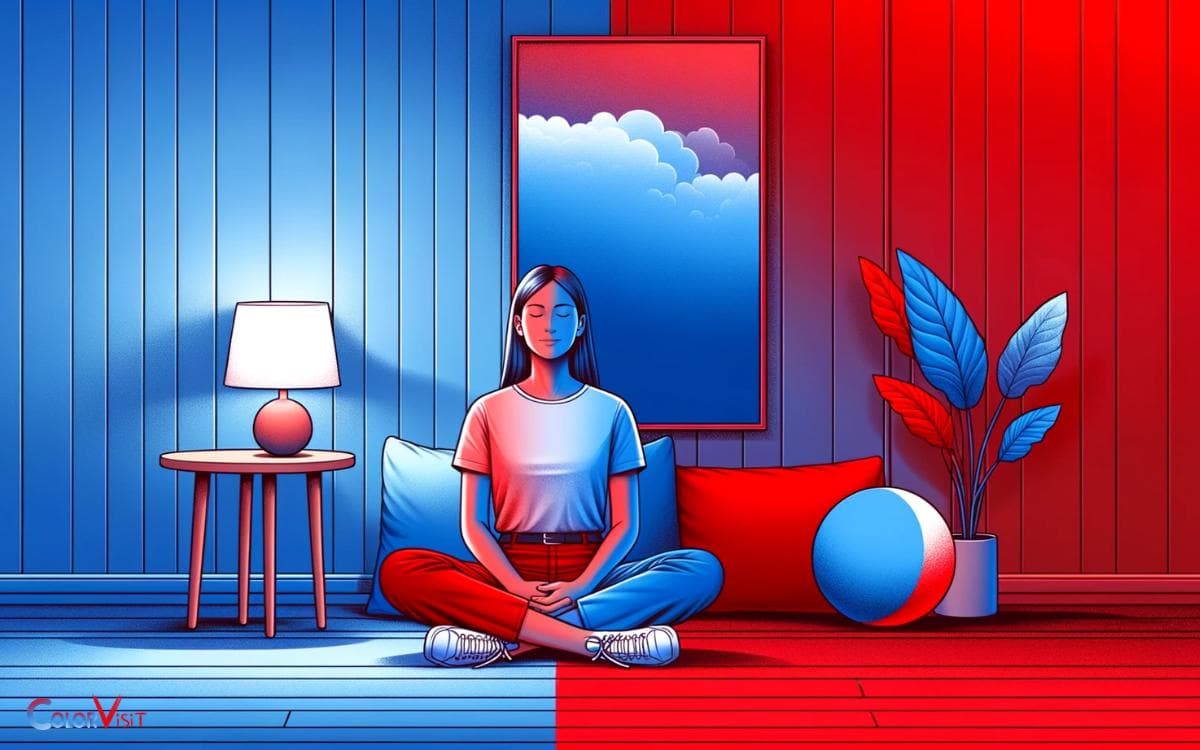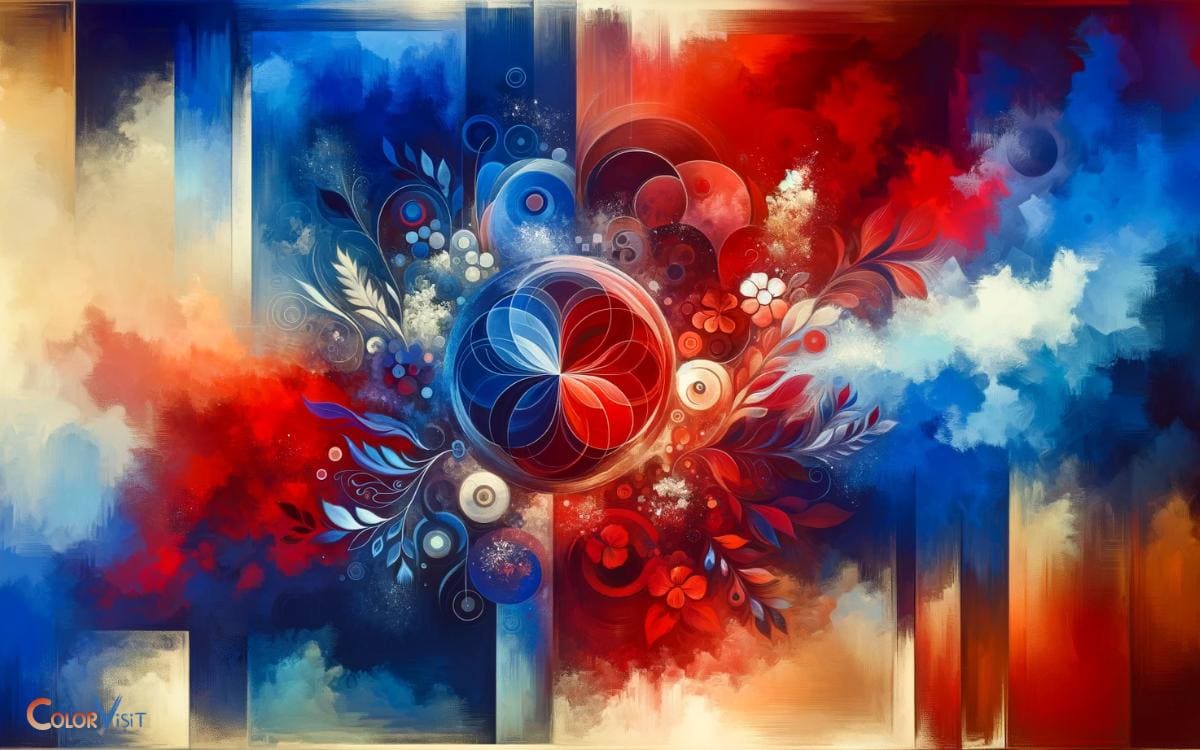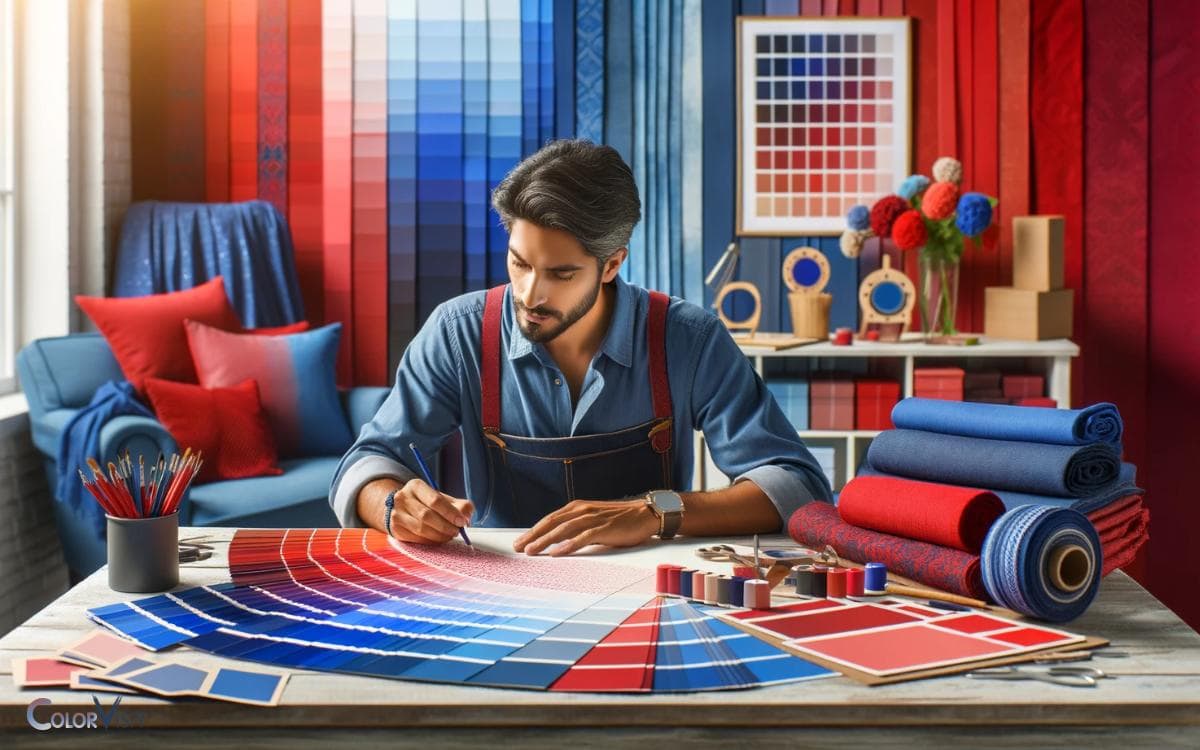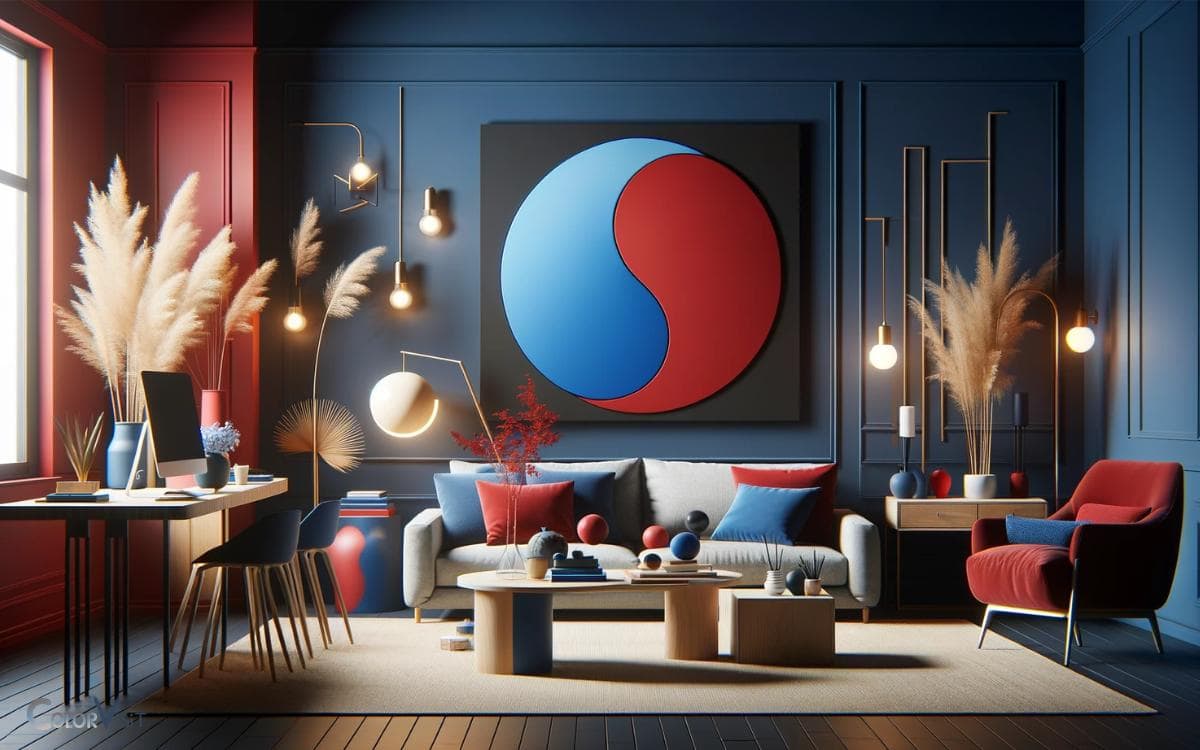Color Theory Red And Blue: Emotional Effects!
The color theory of red and blue illustrates the distinct emotional effects and visual relationships these colors can create.
Red is often associated with energy, passion, and action, while blue represents tranquility, reliability, and depth.
Color theory is the conceptual framework for understanding how colors interact with one another and the emotions they evoke.
For instance, red is a warm, stimulating color that can generate feelings of urgency or excitement.
On the other hand, blue is a cool, calming color, often associated with stability and peace. In design, these two colors can create strong contrasts and dynamic visuals.
Key Takeaway
The Basics of Red and Blue
The Basics of Red and Blue are essential to understanding the principles of color theory and its application in various fields. These two primary colors serve as a foundation for creating a wide spectrum of hues through mixing. Additionally, exploring concepts like color theory red and green further enriches one’s comprehension of how colors interact and influence perception in areas such as art, design, and psychology. Understanding these relationships allows artists and designers to convey emotions and messages more effectively through their work.
- Red is a warm color that is often associated with energy, passion, and action. It has the longest wavelength and is known to stimulate and excite the human mind.
- Blue, on the other hand, is a cool color that evokes feelings of calmness, serenity, and stability. It has a shorter wavelength and is often used to create a sense of trust and reliability.
- Understanding the basic properties and psychological effects of red and blue is crucial for anyone working in design, marketing, or any field where the use of color can influence human behavior.
Psychological Effects of Red and Blue
Numerous studies have demonstrated the distinct psychological effects of red and blue on human behavior and cognition.
- Red is known to evoke strong emotions such as passion, intensity, and excitement. It has been shown to increase heart rate and stimulate appetite, making it a popular choice in the food industry.
- In academic settings, exposure to red has been linked to improved performance on detail-oriented tasks.
- Blue is associated with calmness, tranquility, and trustworthiness. It has a soothing effect on the mind and body, making it a suitable choice for promoting relaxation and reducing stress.
- Research suggests that blue environments can enhance creativity and cognitive function.
Understanding the psychological impact of red and blue can provide valuable insights for various industries, from marketing and design to healthcare and education.
Symbolism and Meanings
Symbolism and meanings associated with the colors red and blue play a significant role in various cultural, societal, and psychological contexts.
Red is often linked to passion, love, and energy, but it can also signify danger or anger. On the other hand, blue is commonly associated with calmness, trust, and stability, yet it can also represent sadness or detachment.
These symbolic interpretations have been prevalent across different cultures and have influenced art, design, and communication.
The table below illustrates the diverse meanings and emotions evoked by the colors red and blue:
| Red | Blue |
|---|---|
| Passion | Calmness |
| Love | Trust |
| Energy | Stability |
| Danger/Anger | Sadness/Detachment |
Understanding the symbolism and meanings behind red and blue is crucial for leveraging their emotional impact in innovative ways.
Creating Harmonious Combinations
Drawing on the symbolic associations of red and blue, we can explore the art of creating harmonious combinations using these two impactful colors.
When combining red and blue, consider the following:
- Contrast: Utilize the striking contrast between red and blue to create dynamic and visually appealing compositions.
- Balance: Achieve harmony by balancing the intensity of red with the calming nature of blue, creating a visually pleasing equilibrium.
- Accents: Use one color as the dominant hue and the other as an accent to create emphasis and draw attention to specific elements.
What Are the Emotional Effects of the Color Red and Blue in Color Theory?
The emotional effects of the color red in color theory can evoke strong feelings like passion, love, and intensity. On the other hand, blue tends to create a calming and serene atmosphere, promoting feelings of peace and tranquility. Countif color is red in Excel, providing a convenient tool for categorizing data and analyzing trends based on colors.
Practical Applications in Design
In design, practical applications of red and blue can be implemented to evoke specific emotions and convey powerful messages.
These colors can be strategically used to create visually impactful designs that resonate with the audience.
Here’s a table displaying some practical applications of red and blue in design:
| Practical Applications | Red | Blue |
|---|---|---|
| Branding | Energizing | Trustworthy |
| Call to Action | Urgency | Professional |
| Mood Setting | Passionate | Calming |
| Focus | Attention-grabbing | Stability |
Conclusion
The study of color theory, specifically the use of red and blue, offers valuable insights into the psychological effects and symbolism of these colors.
By understanding their meanings and creating harmonious combinations, designers can effectively evoke specific emotions and messages in their work.
This knowledge is crucial for creating impactful and meaningful designs that resonate with audiences across various mediums and applications.
Embracing the anachronism of color theory allows for a timeless and impactful approach to design.
